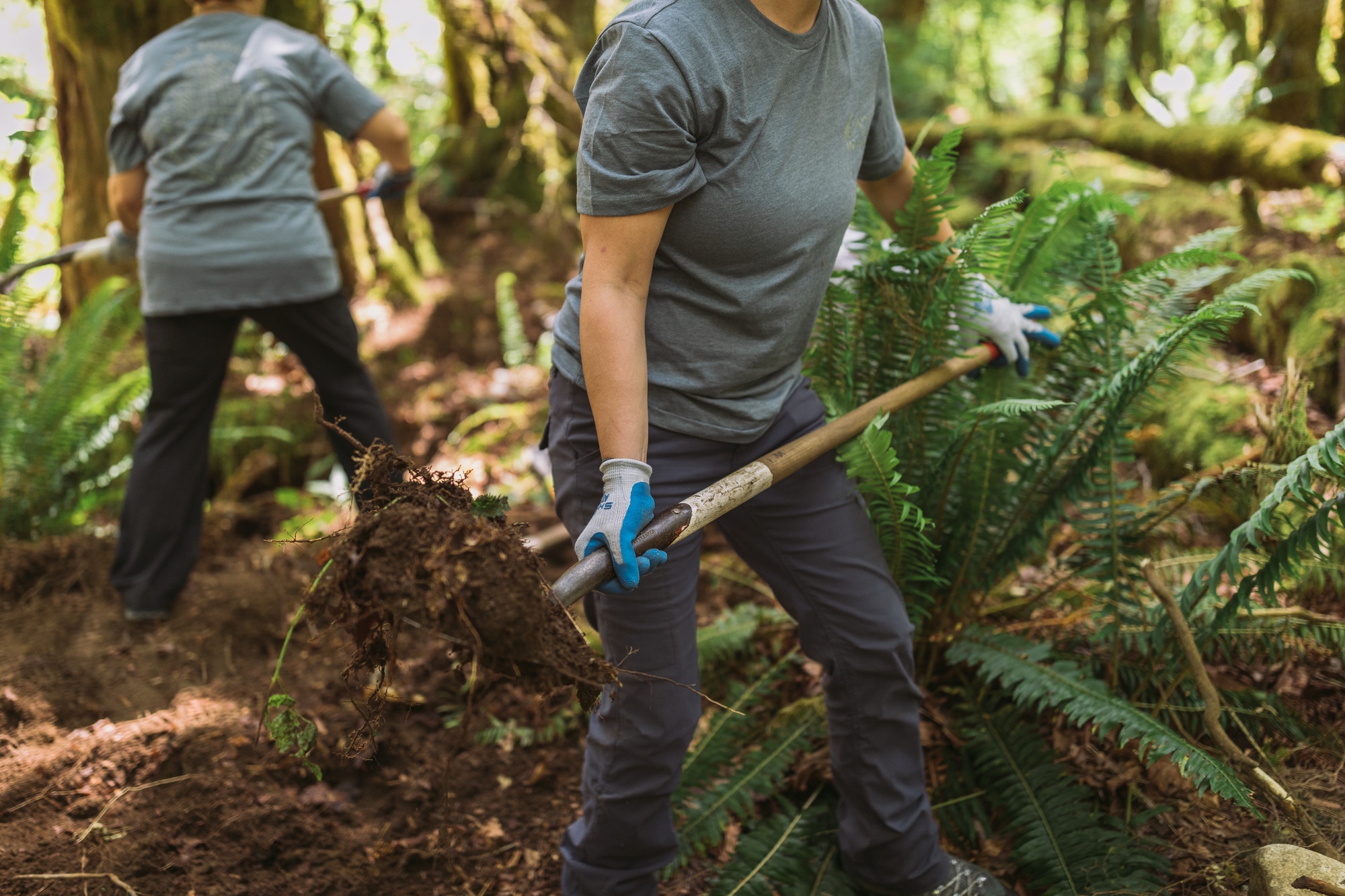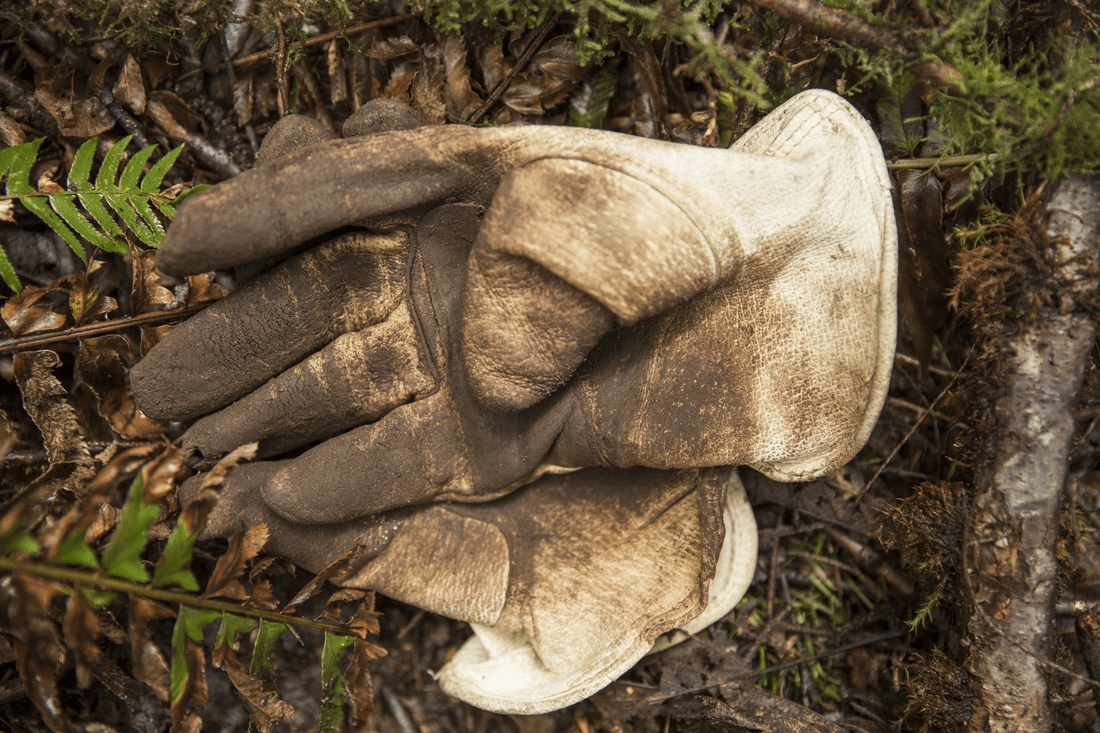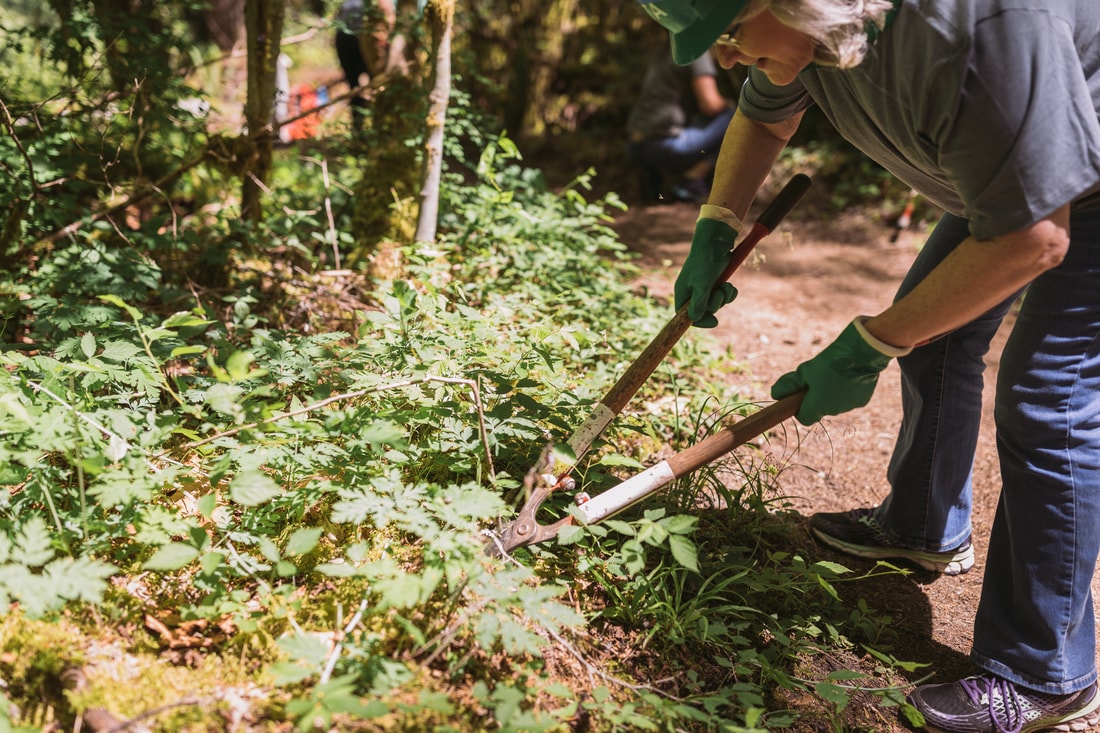
In August 2007, I packed up my childhood bedroom and moved an hour south to Richmond, Virginia, for college. During that last month of summer and the warm fall weeks that followed, much of my free time was spent trekking across a suspended footbridge to a popular destination known as Belle Isle.
The 54-acre island along the James River is a Richmond staple—and an outdoor paradise. Walkers, runners and cyclists share the wide trails; sunbathers soak up rays on the river’s flat, rocky edges; nearby, fishing lines cast into a tranquil quarry pond wait patiently for a bite; and mountain bikers hone their manuals and cornering on a bicycle skills course.
Little did I know that Belle Isle would become a cherished location for me well into bona fide adulthood. Through the years, I’ve had deep conversations while walking the trails with friends, picnicked on the river’s banks, and introduced my beagle (Arnie) to the island’s sights, sounds and smells.
Recently, I visited Belle Isle not to stroll or idle, but to preserve it. It was National Invasive Species Week and I was joining my first invasive species cleanup. I threw on worn jeans, laced up my hiking boots and once again crossed the suspension bridge I had trekked countless times before. Soon, my fellow trail stewards trickled in, forming a group of about 10. Catherine Farmer, the James River Park System Invasive Species Task Force site leader, filled us in on the day’s duties.
We’d be pulling up English ivy and Japanese honeysuckle, two common invasive plants that had laid claim to just about every inch of our work area. Before we let loose with our gloves and clippers, there were important removal tactics to learn. For example, to help an ivy-engulfed tree breathe easier, don’t rip the vine from the bark. Instead, cut the vine at the base and pull what’s on the ground. Disconnected from its root system, the ivy will die off without further damaging the tree.
Armed with this knowledge and other basic advice, the group dispersed, some to extinguish invasive species along a footpath leading to the water at the base of the bridge, others to tackle problem areas at the edges of a defunct metal pavilion that, rumor has it, may soon be refurbished. I spent the better part of three hours pulling, snipping and digging alongside a comrade busily cutting through thick cords of ivy wrapped around a native tree. It was sweaty, backbreaking work. Every so often, we exchanged a nod or a “Whew!” We took turns checking the time before announcing something like, “Only an hour and a half left,” as a not-so-undercover way to take some respite. But, after our pauses, we kept on—we were in this together.

After three hours—and a little worse for wear—I was surprised to see that we had accumulated a sizable pile of ivy, branches and brush. The surrounding area looked so much freer, allowing a clearer view of the native greenery. I said goodbye to my pruning partner and made my way to the footbridge. A grin spread across my face. I wouldn’t call the time I spent in the sun, dirt and thicket “fun,” but the indelible pride I felt gave me a newfound sense of responsibility and appreciation for my cherished outdoor playground.
It will take many years and cleanups to rid the area of English ivy and Japanese honeysuckle ground cover. (This isn’t an instant-gratification hobby.) But knowing I helped, in some small part, to create an opening for native plants to reclaim the land and for biodiversity to return to the area was well worth the muscle aches.
About a month after the cleanup, I met with Farmer to chat about the positive impact she’s seen since the task force began working on the island in 2015. “I’m a tree steward, and I began to identify trees for a tree walk,” she says. “As the fall progressed, I noticed the leaves that should have fallen off hadn’t. The entire island was so green—it was because of Japanese honeysuckle, English ivy and privet.”
Chinese privet can grow up to 15 feet tall. In Bell Isle, it invaded both sides of the trail, arching across the path in some places to create a kind of overgrown privet tunnel people had to pass through. Now, after years of steadfast stewardship, Farmer says there are more available trails and sites for visitors to experience. It’s very satisfying. We’ve had a lot of regrowth. We’ve learned a lot.”
What are invasive species?
A species must be both non-native and cause economic, agricultural or bodily harm to humans to be considered invasive. The “harm” piece is an important distinction. There are plenty of plants, animals and insects in the U.S. that didn’t originate here but aren’t considered invasive—many fruits and vegetables we see at the grocery store, for example. Tomatoes originated in South America, peaches hail from China and oranges were first grown in the Himalayas’ southeastern foothills. Domesticated cows are also non-native, derived from Southwest Asia. None of these are classified as invasive species, but rather as intentional agricultural crops or livestock.
Invasive species are most commonly spread by accident or by human introduction. Zebra mussels, for instance, were inadvertently brought to American waters when they attached to the hulls of ships traveling there from the Caspian and Black seas in Central Asia. Today, they threaten native mussels in the Great Lakes. Meanwhile, other invasives are introduced intentionally, often thanks to horticulture. “People wanted them here but didn’t consider or understand the implication of bringing a species into an environment where it doesn’t have natural predators,” says Em Roberston, a member of the Invasive Management Team for the James River Park System in Virginia. Familiar plants like English ivy, Japanese honeysuckle, purple loosestrife, Japanese barberry and kudzu fall into this category.
Why are invasive species a problem?
Invasive species can spread quickly and easily when left unchecked, due to a lack of natural predators and the ability to outcompete natives for resources like sunlight and space. As a result, indigenous species are stamped out, biodiversity declines and threats to human health increase.
Take garlic mustard. This flowering plant is considered one of the most rapidly expanding woodland invasives in North America, growing nearly 2,500 square miles per year. Originally brought over for medical and culinary use, it now pushes native plants from woods’ and forests’ edges. This rapid spread endangers the West Virginia white butterfly because the weed releases a compound that prevents butterfly larvae from developing; as other plants disappear, female white butterflies are increasingly attracted to garlic mustard to deposit their eggs.
“Invasive species threaten the health of ecological corridors. They can take over areas and sometimes grow into what we call monoculture, or very few species in that area,” says Marian Orlousky, acting vice president of conservation and policy at the Appalachian Trail Conservancy. “Many of our invasive shrubs and trees are used by little or no native species, moths and butterflies.”
Comparatively, Orlousky notes that indigenous varieties like oak trees, which can be found across the country, support 934 different species of caterpillars, moths and butterflies. “That’s an astronomical amount of support for wildlife.”
Invasive plants can also harbor pests that are dangerous for wildlife and humans. The barberry bush, for example, is the ideal home for Lyme disease–transmitting black-legged ticks, explains Orlousky. “In areas of dense barberry, studies show that the tick numbers are much higher than in other parts of the forest. So if you’re a hiker traveling through one of these areas you have to be particularly mindful of ticks,” she says.
Other forest pests on the Appalachian Trail, like spongy moths and emerald ash borers, attach to (and can kill) trees. Fewer trees mean lower carbon sequestration in the area; and when trees fall due to these infestations, they can become hazards for trailgoers.

What happens when we remove invasive species?
In short, when we eradicate invasive species, nature thrives. Soil can build back nutrients, native plants spring up, wildlife returns and restoration can begin.
Thanks to English ivy removal efforts over the past few years in areas of another popular Richmond site, the Buttermilk Trail, native white wood aster has doubled in size and elderberry has appeared, says Anne Wright a site leader from the James River Invasive Plant Species Task Force. Recently, she discovered a native hydrangea in the woods along the trail—a species she’d never encountered in the area before.
Orlousky has also seen the benefits of invasive removal firsthand. She’s spent years working on a 70-acre stretch along the Appalachian Trail in Massachusetts that was invaded by a thicket of barberry. The plot is a high-quality sugar maple forest, so the soil here is rich and typically supports a variety of native plants, including a rare violet species—but the barberry was shading them out. Thanks to continued efforts to suppress the barberry, each year has brought more pockets of trillium, orchids, ferns and even morels to the land.
How you can help eliminate invasive species
Hiking, walking, and biking trails help us immerse ourselves in the wild and wonderful aspects of nature we don’t get to see every day. “Trail maintenance is really important because it helps keep them accessible and allows the space around the trails to thrive and do its thing while people can enjoy it,” says Robertson from James River Park. “If we can curb the invasive species spread in the park, we’ll protect the beautiful qualities of the trails that people love so much, the canopy, and the ability to get away from the city and spend time in nature.”
Invasive species management requires us to work together to maintain our parks, trails and green spaces. The good news is there are so many easy ways to support the cause. Here are just a few:
- Volunteer at a local park or with a nonprofit involved in trail maintenance. Check the parks and recreation events calendar for helper work days or reach out and ask them to host a stewardship day for a group of friends and colleagues. (If your job offers paid volunteer hours, this is a great way to use them!)
- Report sightings of invasive species to local management organizations. Search for the right group to contact in your area. The Washington Invasive Species Council has an online form to submit information, for example.
- Commit to planting native plants in your yard or garden. Check out local nurseries, which are more likely to carry native species of plants, and talk to their staff to ensure you know what you’re buying.
- Celebrate National Trails Day by joining an invasive species cleanup in a park or on a favorite trail. REI stores sometimes host classes or events for these types of holidays. If there’s not an event happening nearby, create your own by rallying your friends for a cleanup.
- Clean your boots (and dog) after hiking to keep invasives from tagging along. If your boots are particularly muddy, tap them on your car tires or use a stick to loosen debris from the soles. And always keep a towel handy to dust off both you and Fido.
- Never bring firewood from outside of an area. Buying local can prevent the introduction of new invaders.
- Don’t bring plants or animals from your trail adventures home with you. Transplanting flora and fauna to areas where they don’t belong is how species become invasive in the first place.
- Become familiar with common invasive species in your area, and learn the best technique for removing them. When invaders are removed properly, it keeps damage to soil and native species to a minimum.
- Consider tackling invasives in winter, when native plants and pests are typically dormant. In the colder months, invasive plants are typically still green and growing, making them easier to identify and extract while leaving native plants intact.
Invasive species removal is not a one-and-done situation, unfortunately. Routine monitoring, maintenance and patience are key to success. The latter may not be one of my strong suits, but if that’s what it takes for a more beautiful, resilient Belle Isle, I’m willing to work on it.
The post What Invasive Species Taught Me about Trail Stewardship appeared first on Uncommon Path – An REI Co-op Publication.













